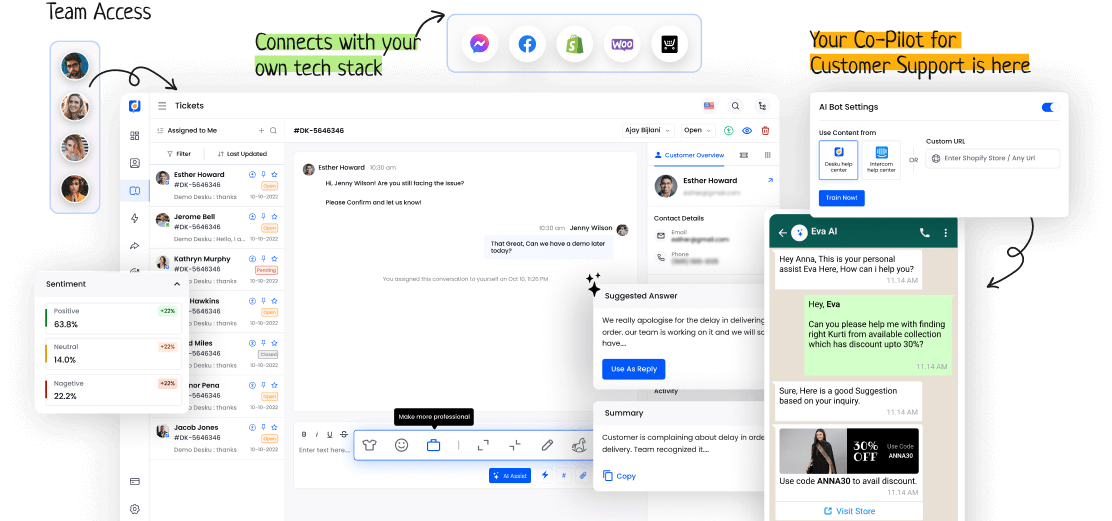Call disposition is a key tool in customer service. It uses a clear method to label call outcomes between agents and customers. This way, companies can understand how well their customer service works.
But the real strength of call disposition isn't just naming the calls. It's how the data from these calls can improve the service and make customers happier. Knowing the details of call disposition helps to use it to its full ability in a service-focused setting.
Understanding Call Disposition
Call disposition means the result of a phone call.
Call center agents record and sort it. They often use categories like 'resolved,' 'follow-up needed,' and 'customer happiness.'
These labels help firms judge how well they interact with customers, find weak spots, and check customer happiness levels.
Knowing these call results is critical for giving top-notch service.
Importance of Call Disposition in Customer Service
Grasping call disposition results is key to judge the efficiency of customer service talks and better the overall service quality. Customer feedback, performance checks, and service upgrades are main parts tied to call disposition.
Studying call disposition data lets companies see trends, areas to better, and possible training needs. It allows firms to better please customers and efficiently tidy up their service processes.
How to Analyze Call Disposition Data
Analyzing call disposition data is key. It helps to assess how well customer service interactions work. It can also spot areas where service processes could do better.
Looking at trends in call dispositions is a good way for companies to understand how satisfied their customers are. It shows how well their agents are doing and the quality of the service they provide.
This data helps organizations make smarter decisions. These can help improve processes and make customer experiences better. In the end, this can help increase customer loyalty and keep customers coming back.









